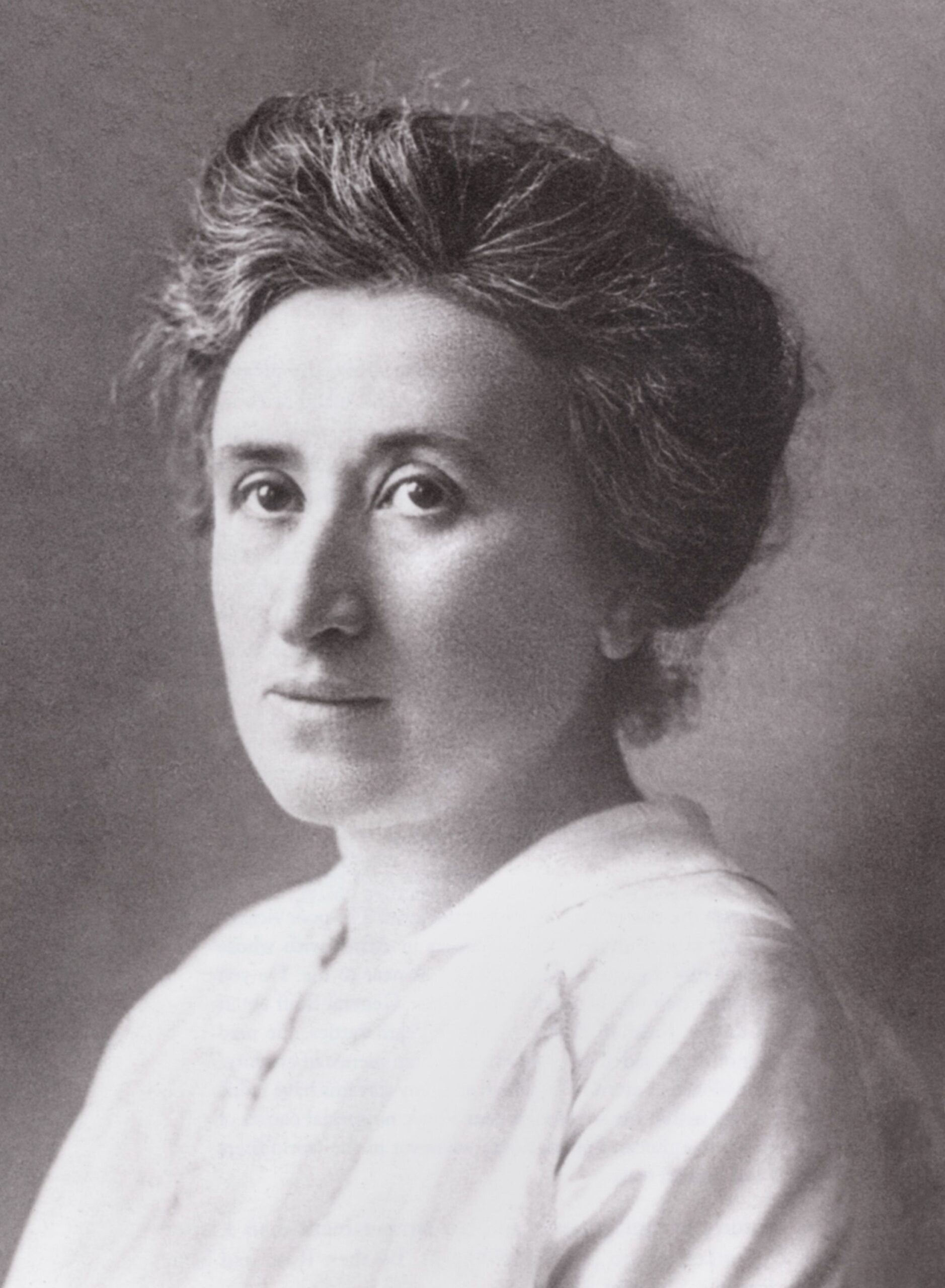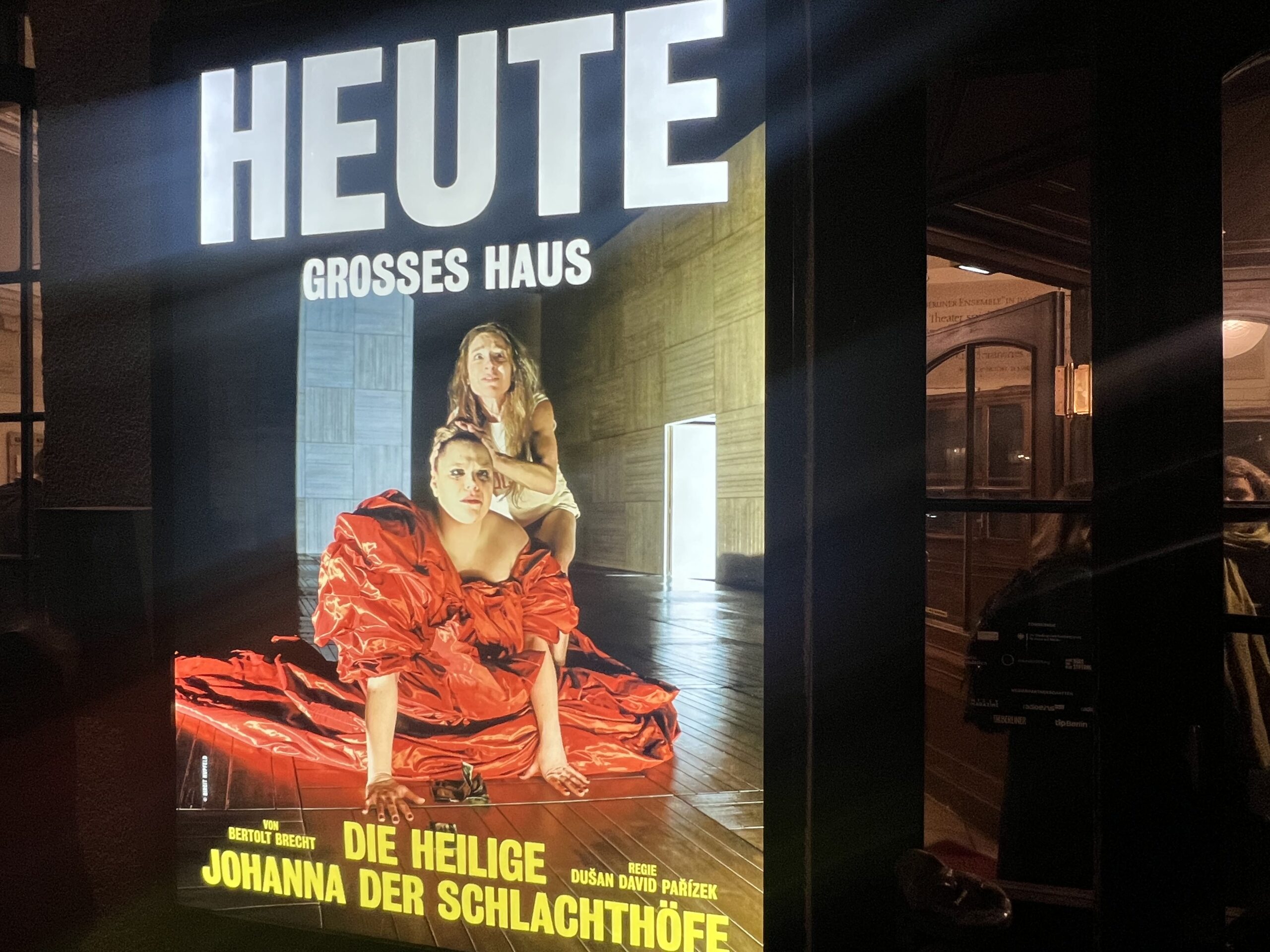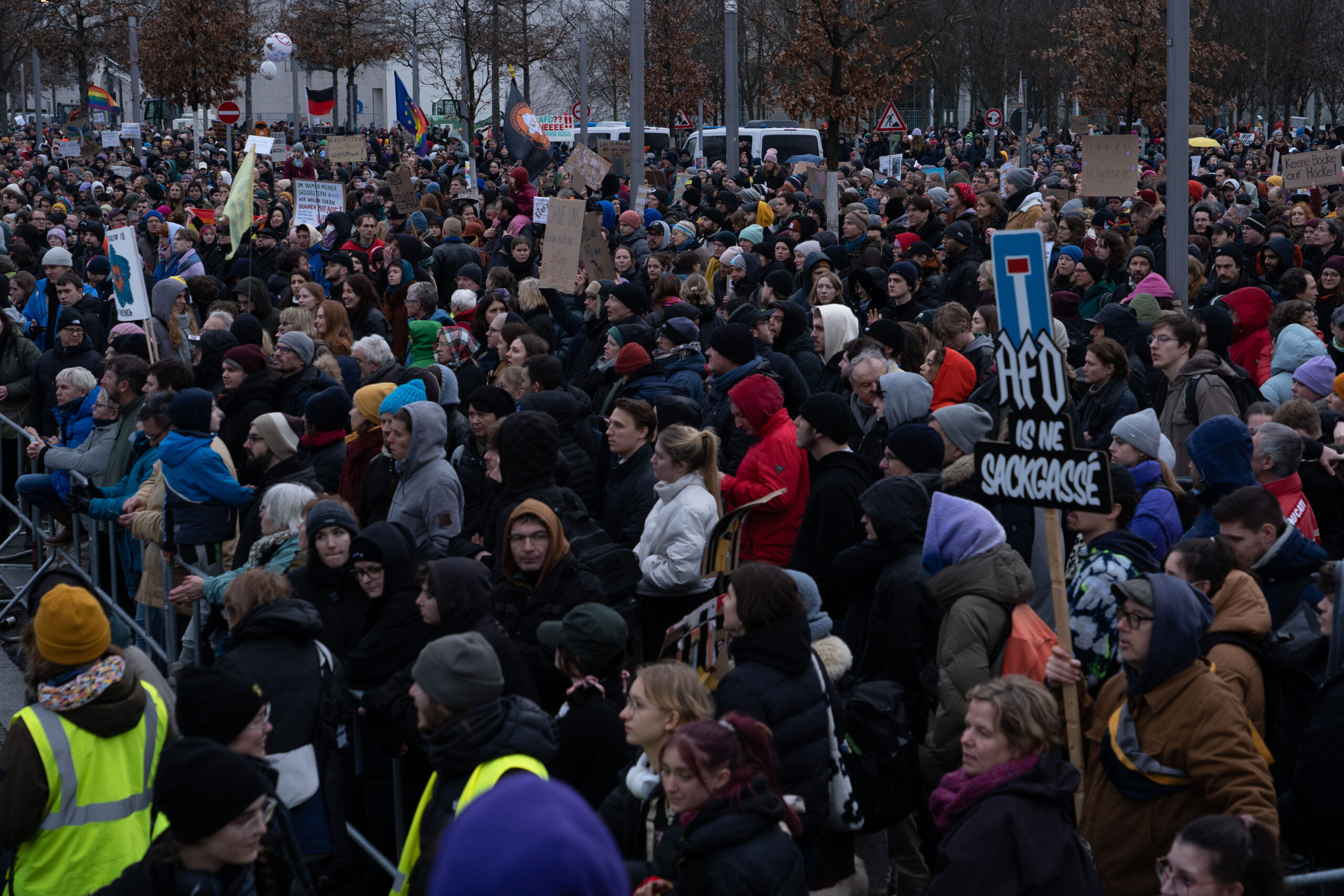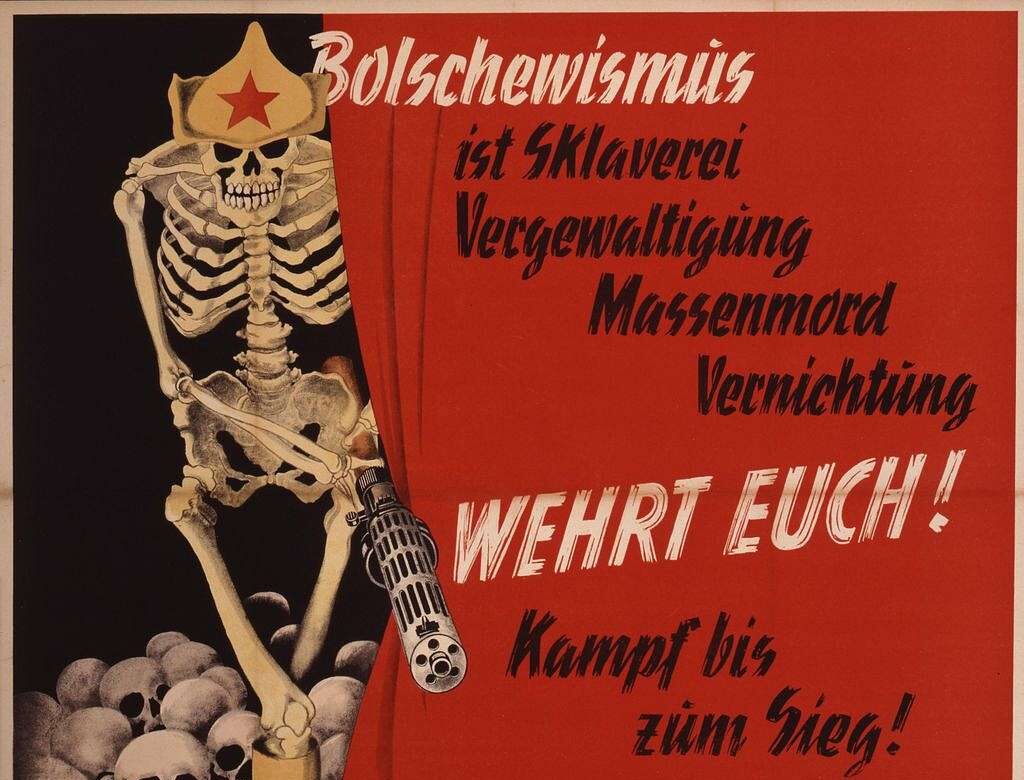Pierburg 1973: When migrant women workers led the way
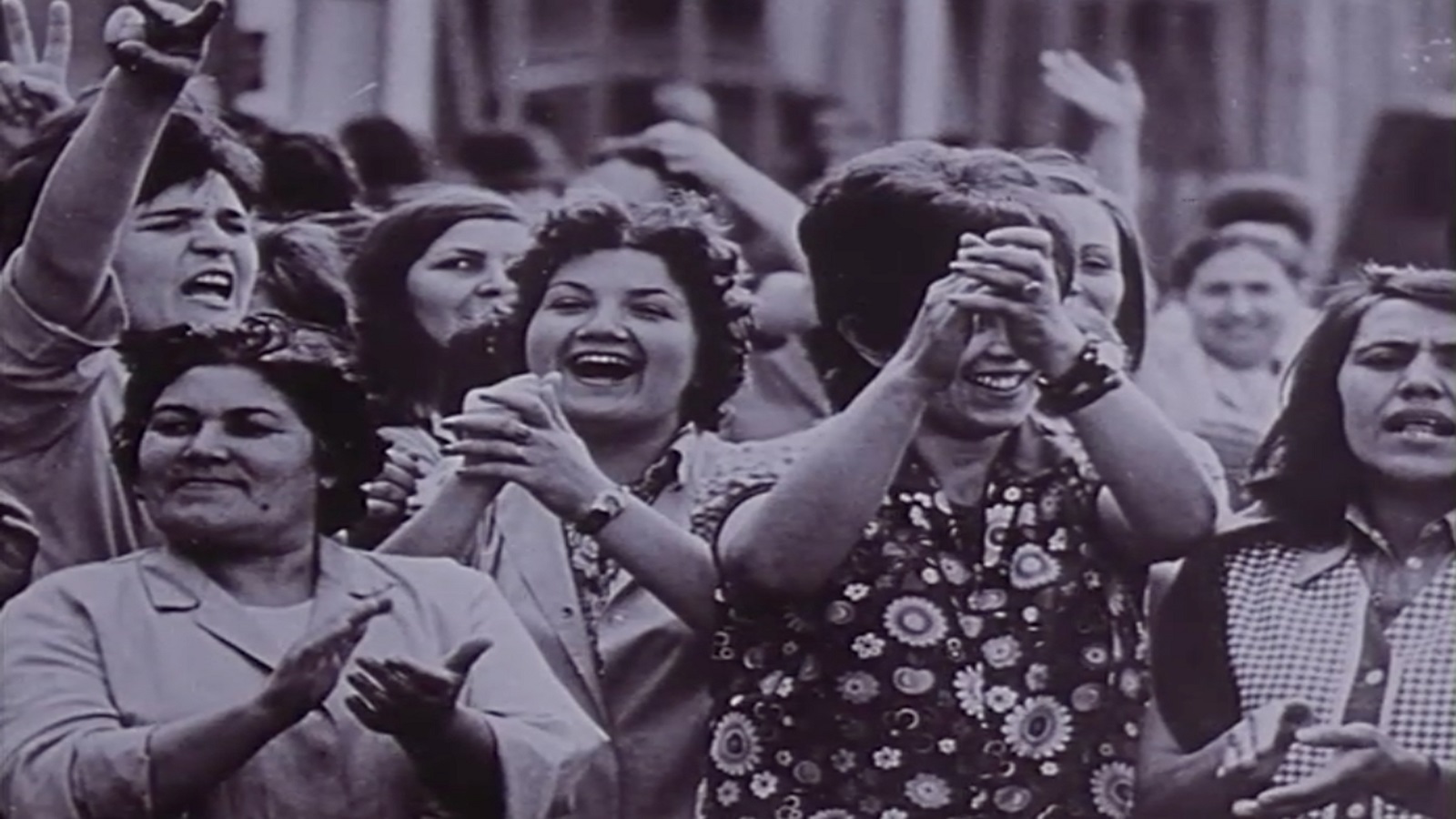
Migration to Germany is accompanied by a history of racism and exploitation. But it is also a history of feminist, multiethnic and unionized resistance.
The prejudice, sexist and racist attacks to which women without German passports are subjected are directly related to exploitation in often precarious workplaces and formally unequal treatment before the law. They are often pushed into sectors such as cleaning, nursing, child care, retail or catering, where they can expect poor working conditions and low wages. There is an obvious reason for the deprivation of migrants‘ rights: they are exploited as cheap labor.
The tradition of multiethnic workers‘ struggles
Right-wingers like to claim that the „economic boom“ of the 50s and 60s was due to the diligence of the Germans. They ignore that the over-exploitation of millions of migrant workers played an essential role in that growth. Racism remained a constant of the German regime. When the so-called „Gastarbeiter (eng.: guest workers)“ arrived in the 1950s and 60s, it was never planned to let them toil for German capital for more than a few years, the plan was to send them back after the reconstruction was done. In any case, political representation was not planned. That has not changed by 2019.
But in the history of the Federal Republic of Germany there were also heroic struggles of the „guest workers“ who reminded their German colleagues of their own fighting power. The strikes of the 1970s started from the base, because the IG Metall leadership had either concluded negotiations only in favor of German colleagues or was completely incapable of putting pressure on the bosses. Under these conditions, wage inequalities arose that met with protest among the workforce. Many „guest workers“ had long decided to stay in Germany, to which Chancellor Willy Brandt responded with the „Anwerberstop“ (eng.: recruitment freeze), which made labor migration illegal, as a repression against the strike wave and as reaction to the oil crisis.
In 1973, the strike practice of (post-)migrant workers and their German colleagues reached its peak: at least 275,000 workers went on strike in 335 companies that year. Many of the strikes were classified as „wildcat strikes,“ since these labor struggles had to be organized largely independently of the union bureaucracy. Migrants were often the leading organizers.
The women’s strike at Pierburg in Neuss
A special place in the history of the workers‘ movement in Germany is reserved for the 1973 strike at the automotive supplier Pierburg in Neuss, which was led by migrant women. 70 percent of a total of 3,800 employees were „guest workers. Greek, Italian, Yugoslavian, Spanish and Turkish women as well as German assembly line workers went on strike because they were paid less than the men in a separate women’s wage group, called the „light-wage group“, which formalized their unequal treatment as predominantly migrant women. The strikers, whose struggle was meticulously prepared in an escalation plan, demanded the abolition of the light-wage group and an additional one Mark for all, which also allowed for the inclusion of more male and German „skilled labor“ colleagues.
The strike lasted a whole week. The migrant female colleagues managed to get their German and male colleagues on their side and ended the fight against low wages with gains. „One reason for the response was that gender inequality offered starting points for solidarity between German and migrant women“, writes Peter Birke in „Wilde Streiks im Wirtschaftswunder“ (2007) about the labor struggle. German craftspeople were outraged that their works council was not being heard by the bosses, and they saw that on another occasion they themselves might also be hit.
The strike simultaneously electrified other industrial workers. For example, Peter Birke writes that „almost simultaneously […] there had been a number of other strikes by women industrial workers: at AEG in Neumünster, at the Deutsche Telefonwerke in Rendsburg and elsewhere, they had stood up for equal pay for equal work.“
This is an example of how workers can overcome the sexist and racist divide and establish an anti-racist tradition. Racism is necessary to drive a wedge between workers who have a lot in common and every reason to unite and organize.
To date, (post-)migrant women have been the ones most affected by precarization. They are the ones who experience the most oppression and are forced to fight for their rights with particular intensity. Without the connection to other workers, however, they remain isolated. The Pierburg strike in Neuss provides a model of how the oppressed can succeed in winning and leading other sections of the working class for the common cause. The struggle was won and gives hope that the oppressed do not have to remain oppressed forever. The struggles of the next years will necessarily take place with precarious working women and migrants at their head. Because what right-wingers do not want to admit is already reality: the working class is female and multi-ethnic.
This article appeared first in German in the third issue of the newspaper of marxistische jugend in Munich, on February 1 2019
